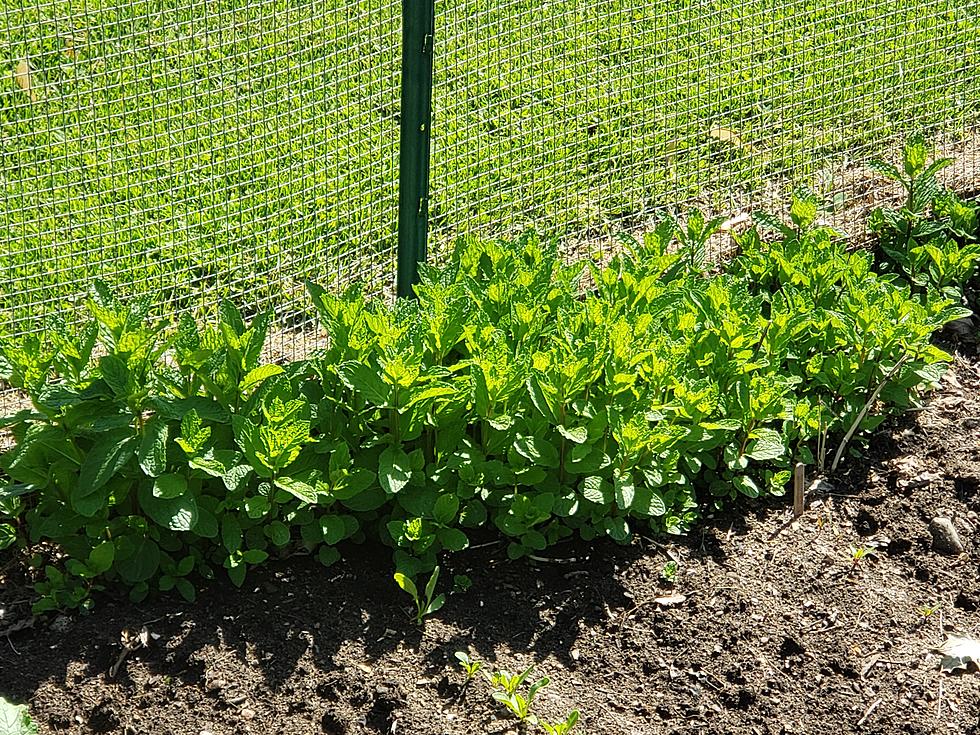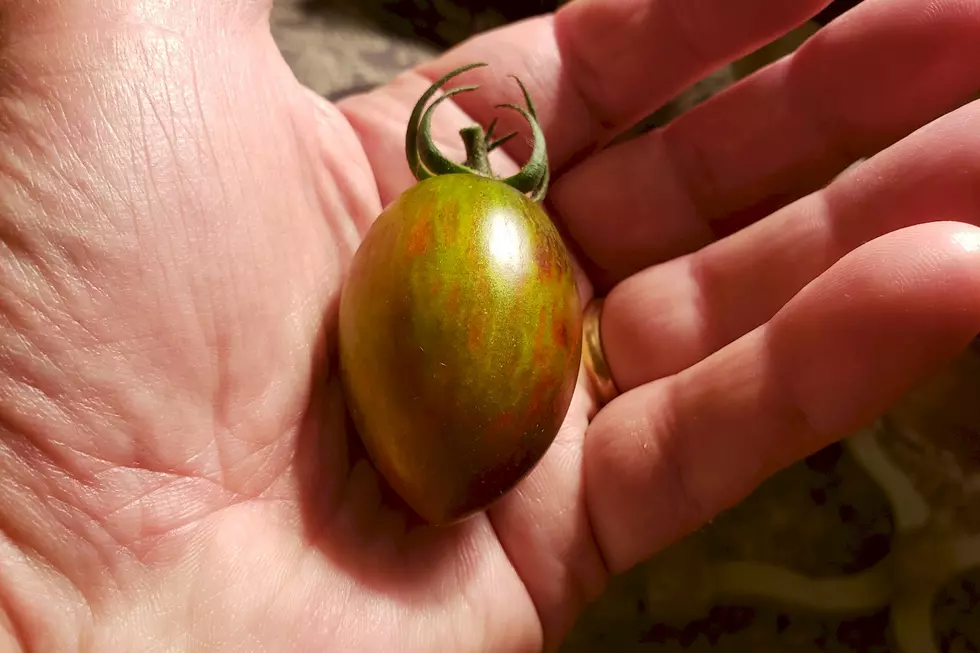
Garden Groove: Growing Perennials in Central Minnesota
Getting in the Garden Groove with John Schroeder: Stuff that can come back every year
If you’re a flower gardener (I’m lower minor leagues but rising among the ranks when it comes to my ability to create blooms) you plant annual or perennial types of flowers – or both. Popular annuals like petunias, geraniums, marigolds and impatiens dot many
flower beds with consistent bloom and color. Annuals need to be planted every year, as they die-off in the winter. Perennials, on the other hand, can often come back year after year. Lilies, tulips, iris and clematis are some of the perennial favorites of flower aficionados in this region.
Vegetable gardening is similar to flowers, in that some of what you put in your garden this year may come back again next year. Oh, most of the plants that you try to nurse through the season are the “one-and-done” annuals of the vegetable world (tomatoes, peppers, broccoli, carrots, peas, etc.) But if you’re into veggie gardening for the long haul you can have certain things come back year after year.
For me the greatest perennial edible – and one of the two or three things that are most vastly superior out of the garden compared to what you get at the store – is asparagus. You plant asparagus like you would a tree – knowing that your benefit will come years in the future. Asparagus takes several years after you first put it into the ground to finally produce a crop (even longer if you start from seed instead of established plants.) But the early spring crop of asparagus (it’s usually done producing by mid-to-late June) is tender and delicious. You just cut spears off at ground level as they emerge. The plants will continue to shoot up growth and finally around mid-June you stop harvesting and just let the spears turn into beautiful big bushy ferns that you let grow to add visual dimension to your garden…but more importantly to allow the plant to replenish its root base for next year.
I grow some herbs that often come back multiple years. My chives are the first thing that emerges from the very cool soil of early spring, and you can often start harvesting them in late April. I’m trying to use more fresh mint in Middle Eastern and Mediterranean dishes and for cocktails, and I have no trouble finding it because it comes back like an invasive weed every year!
Cilantro (which turns into coriander when you let it go to seed) and dill are both plants that if you just let them grow will drop seeds in late summer that infiltrate the soil and come back in scattered ways the next year. I had a sage plant that got through the past couple of winters. It was shooting out tiny green growth off last year’s canes until we got back-to-back 25 degree nights here about a week and a-half ago, and I think that may have killed it. I have summer savory returning this year and something else, too that might be rosemary (which I have rarely had luck carrying over from one year to the next.)
Most of what you plant in your vegetable garden each year needs to be raised from seed or purchased at the nursery as bedding plants. But if you pay attention you can have certain plants that grace your growing area over multiple years.
Growing Perennials in Central Minnesota
Next week: Pulling out and throwing away a majority of the tiny plants you have growing.
John Schroeder is a sales guy at Townsquare Media St. Cloud, but in his past life, he was an on-air personality specializing in sports. But what really turns his crank is getting out in his 28 x 15 foot vegetable garden several times a week nurturing, eventually harvesting (and sometimes sharing) homegrown food.

15 Minnesota Delicacies Everyone Should Try
More From AM 1240 WJON









